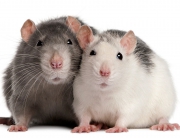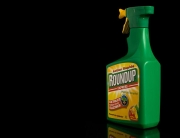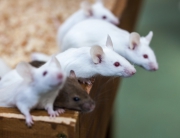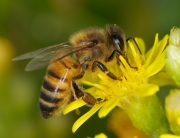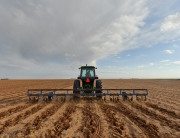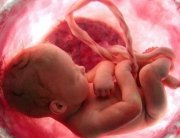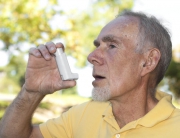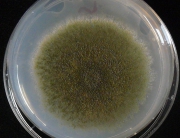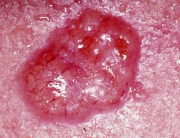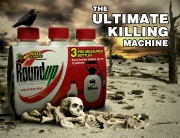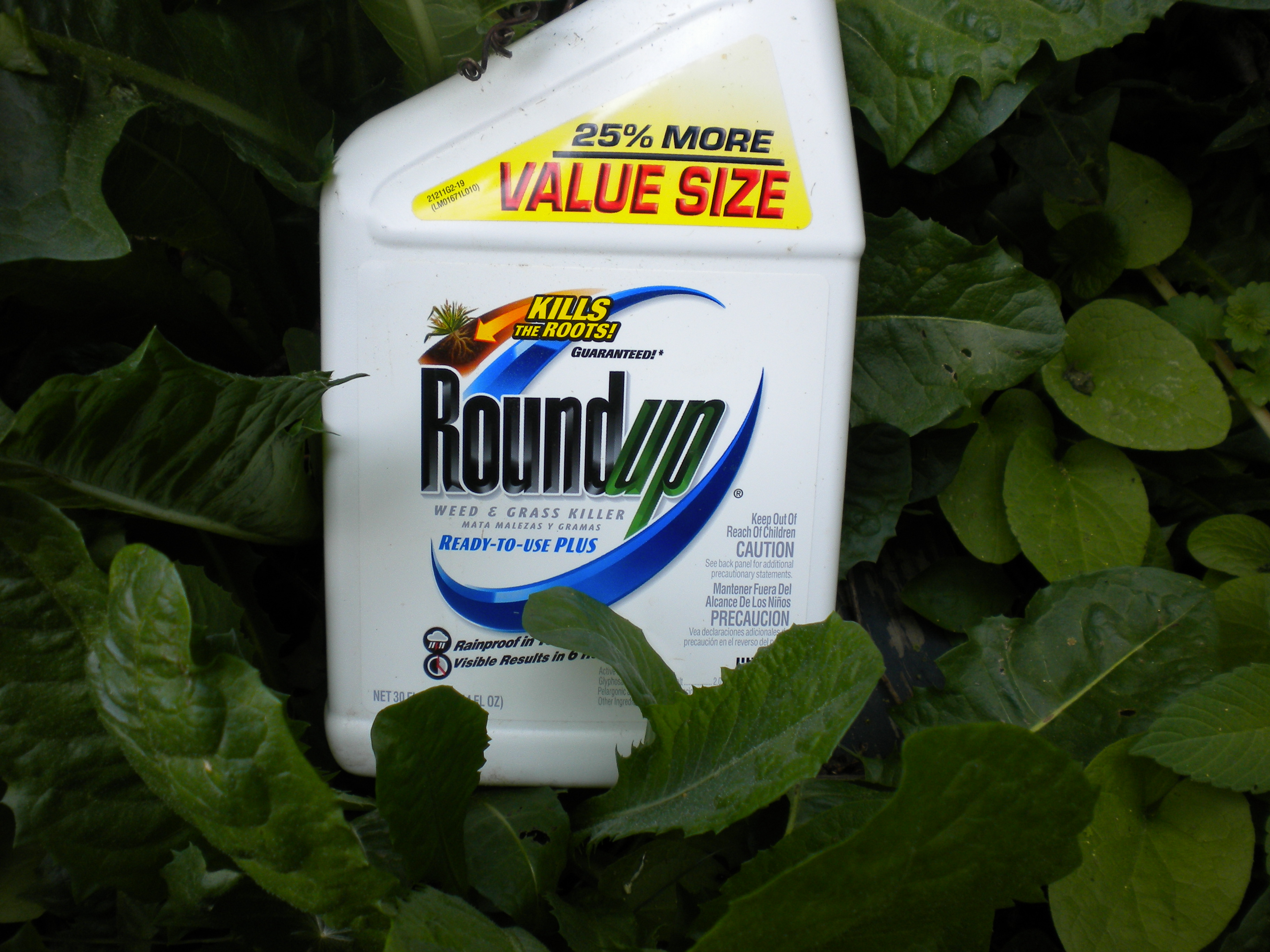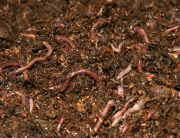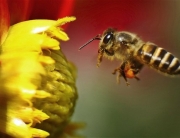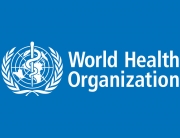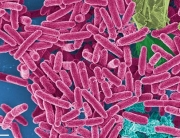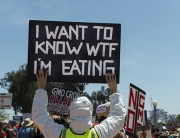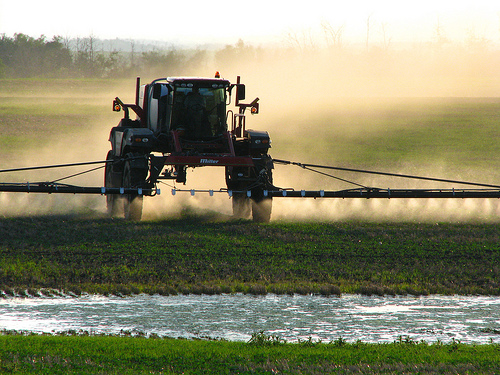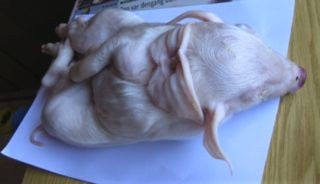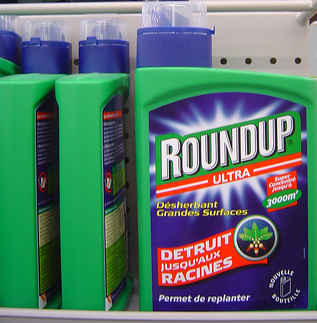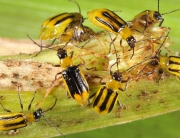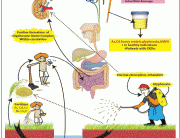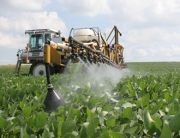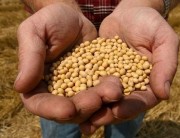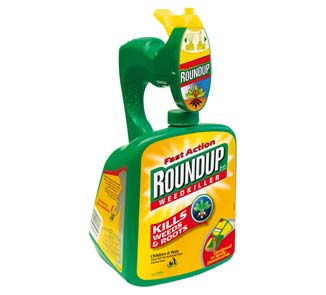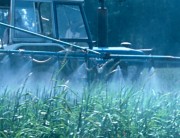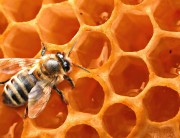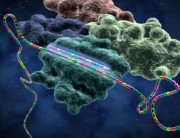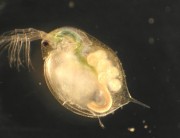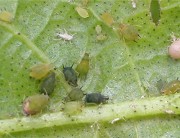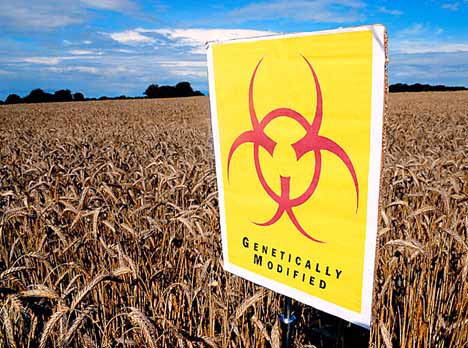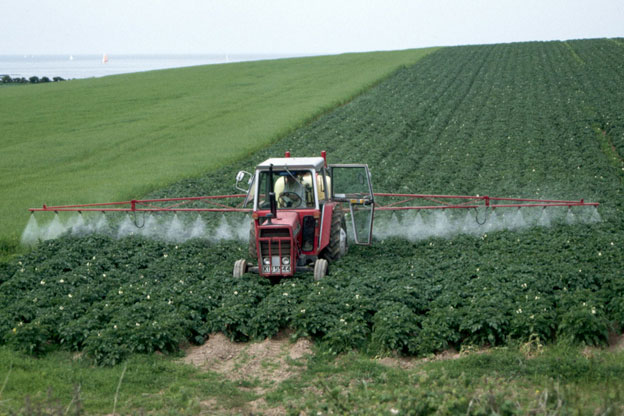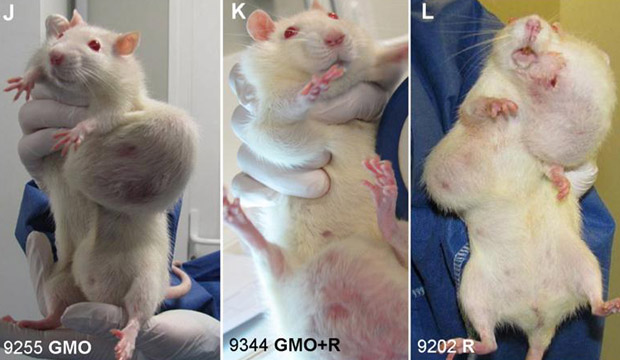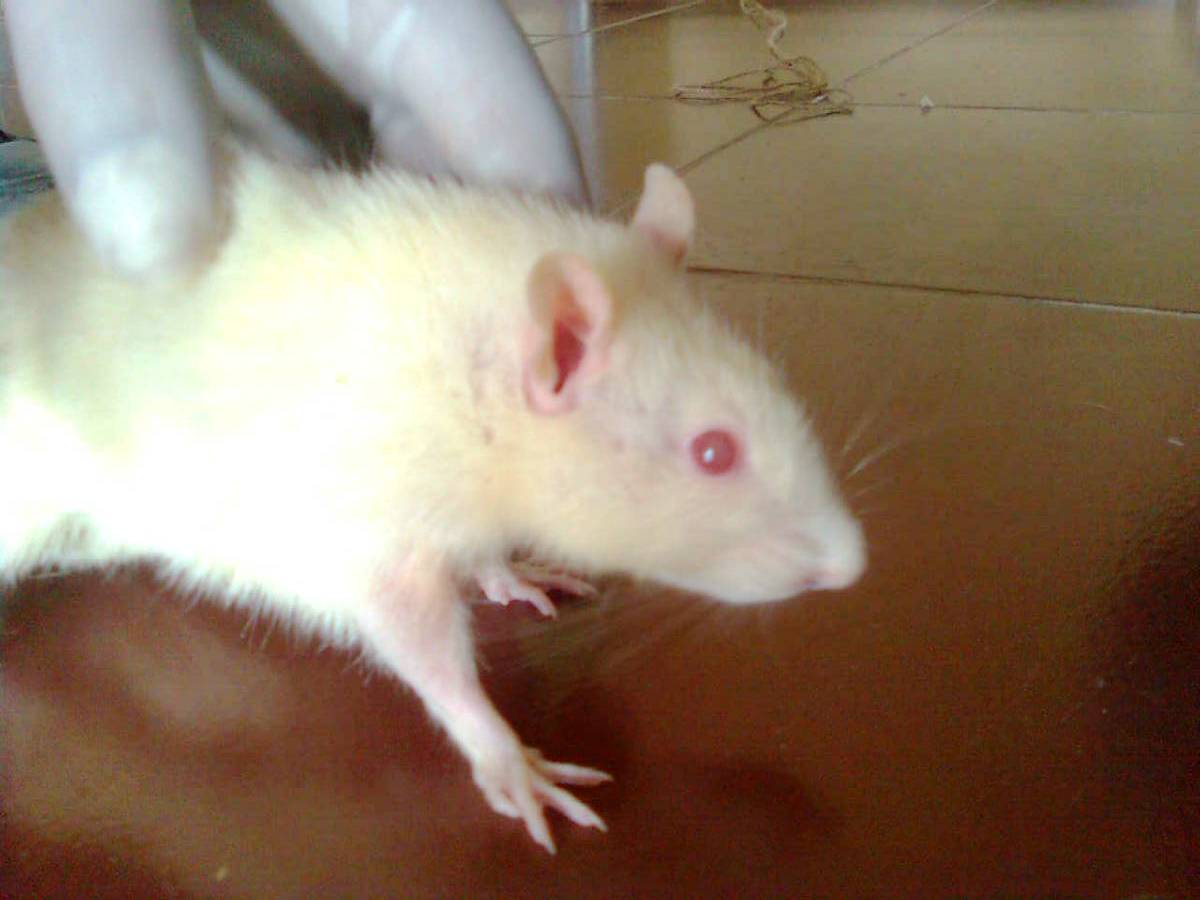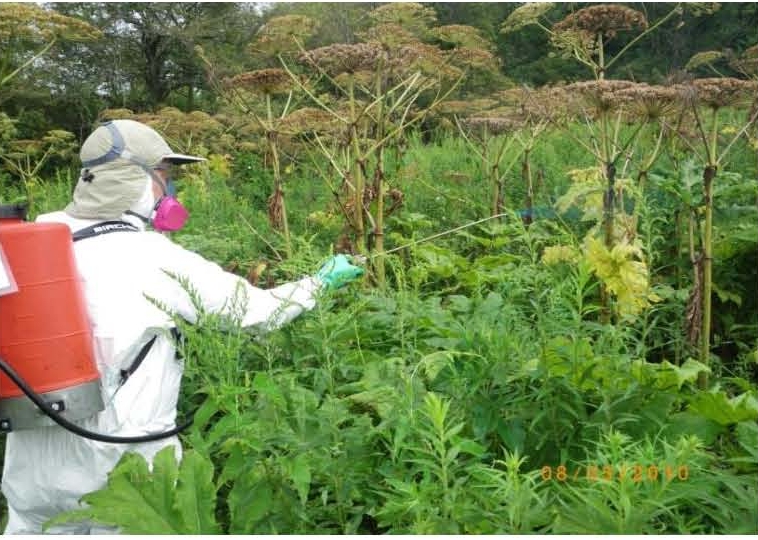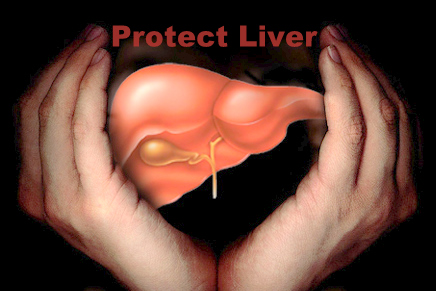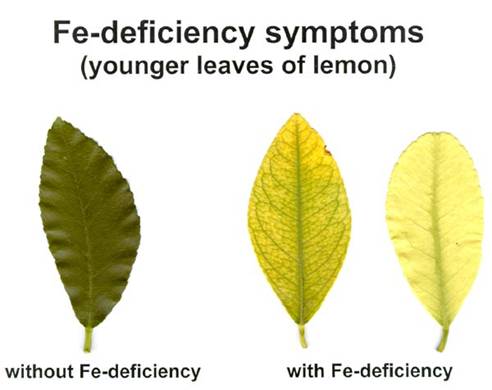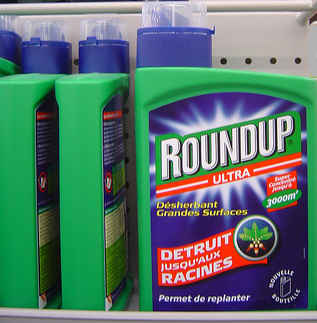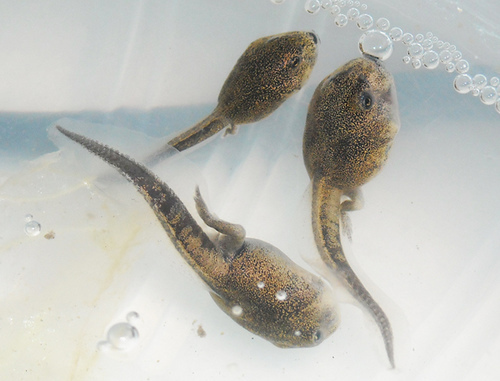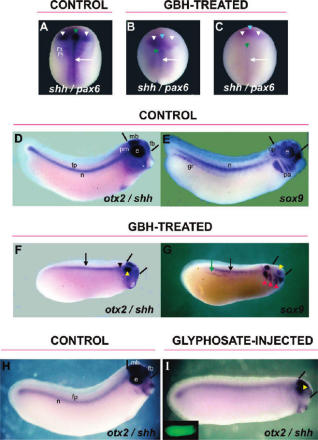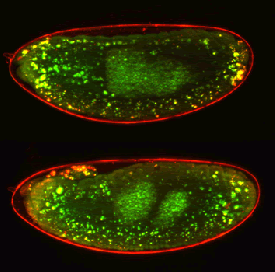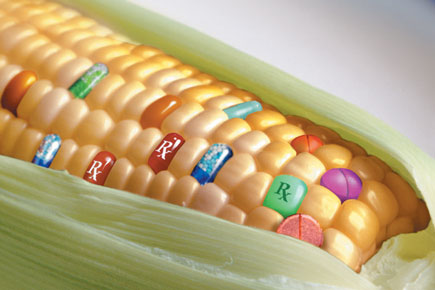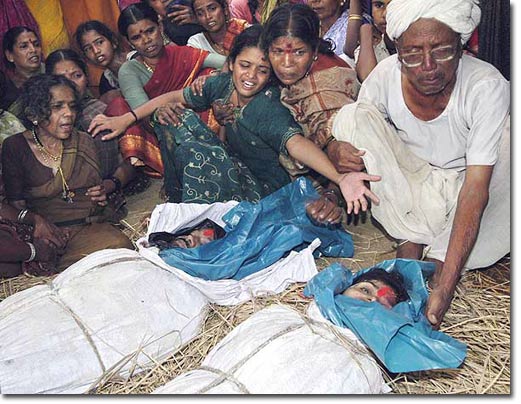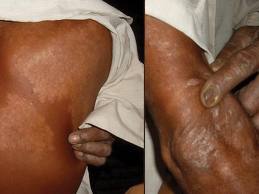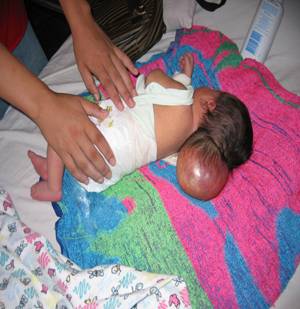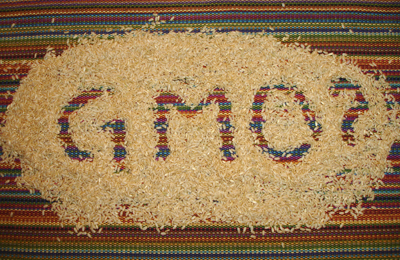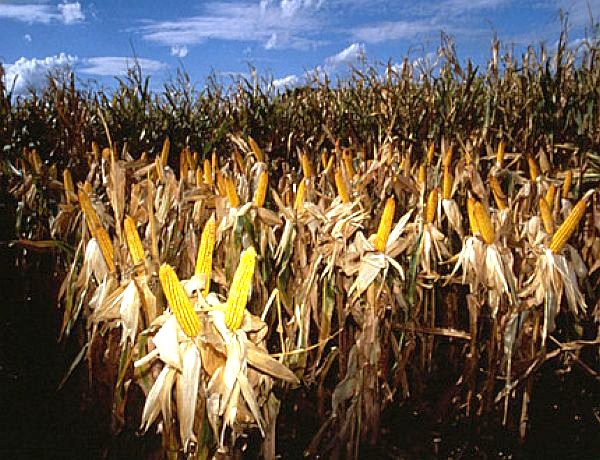A new study on the wives of pesticide applicators showed that women who used the pesticides glyphosate and maneb/mancozeb had a higher risk of developing rheumatoid arthritis than non-users of pesticides.
The elevated risk for glyphosate users was 1.4 times that of non-users of pesticides.
The confidence interval for glyphosate (expressed as “OR=1.4; 95%CI 1.0, 2.1”) means that there is 95% probability that exposure to that pesticide actually does raise the risk of rheumatoid arthritis by between 1 time (no effect) and 2.1 times – as opposed to the possibility that the effect is due to chance.
Rheumatoid Arthritis in Agricultural Health Study Spouses: Associations with Pesticides and Other Farm Exposures
Full Paper: http://ehp.niehs.nih.gov/ehp129/
Authors: Christine G. Parks, Jane A. Hoppin, Anneclaire J. DeRoos, Karen H. Costenbader, Michael C. Alavanja, and Dale P. Sandler
Abstract:
Background: Farming has been associated with rheumatoid arthritis (RA), but the role of pesticides is not known.
Objectives: We examined associations between RA and pesticides or other agricultural exposures among female spouses of licensed pesticide applicators in the Agricultural Health Study.
Methods: Women were enrolled 1993-1997 and followed through 2010. Cases (N=275 total, 132 incident), confirmed by a physician or by self-reported use of disease modifying anti-rheumatic drugs), were compared with non-cases (N=24,018). Odds ratios (OR) and 95% Confidence Intervals (CI) were estimated using logistic regression models adjusted for age, state and smoking pack-years.
Results: Overall, women with RA were somewhat more likely to have reported lifetime use of any specific pesticide versus no pesticides (OR=1.4; 95%CI 1.0, 1.6). Of 15 pesticides examined, maneb/mancozeb (OR=3.3; 95%CI 1.5, 7.1) and glyphosate (OR=1.4; 95%CI 1.0, 2.1) were associated with incident RA compared with no pesticide use. An elevated, but non-statistically significant association with incident RA was seen for DDT (OR=1.9; 95%CI 0.97, 3.6). Incident RA was also associated with the application of chemical fertilizers (OR=1.7; 95%CI 1.1, 2.7) and cleaning with solvents (OR=1.6; 95%CI 1.1, 2.4), but inversely associated with lifetime livestock exposure as a child and adult (OR=0.48; 95%CI 0.24, 0.97) compared with no livestock exposure.
Conclusions: Our results suggest that specific agricultural pesticides, solvents and chemical fertilizers may increase risk of RA in women, while exposures involving animal contact may be protective.






